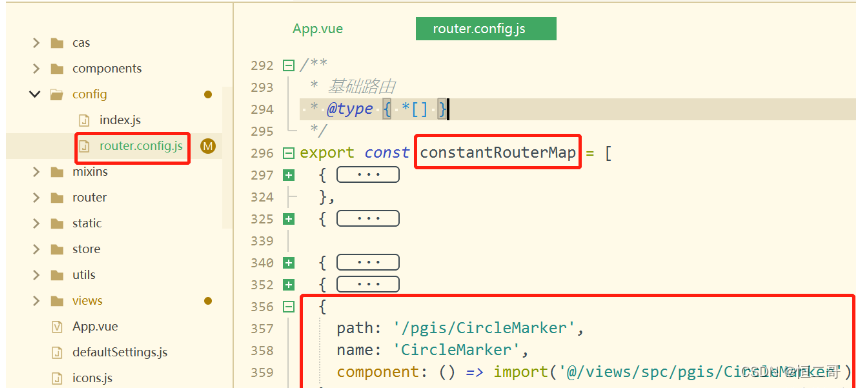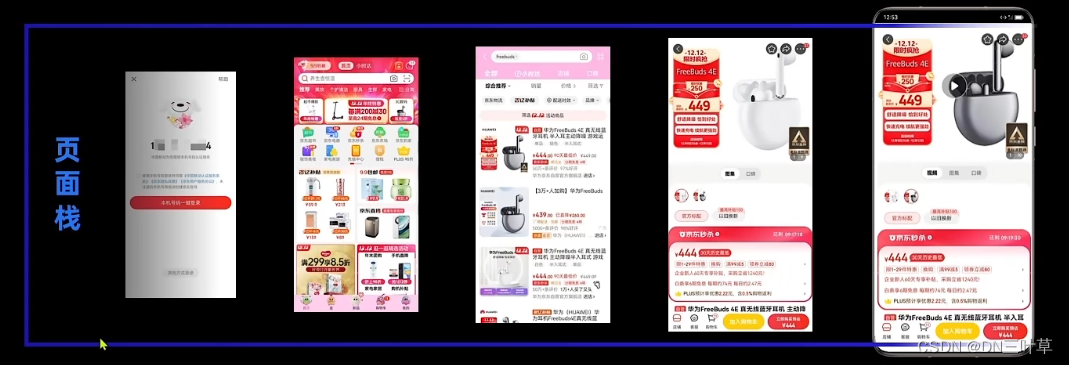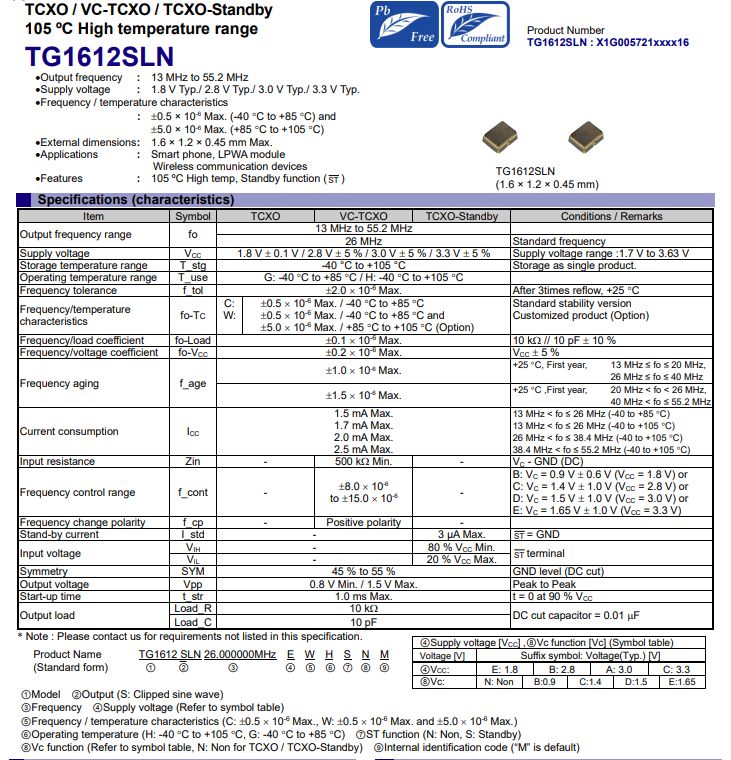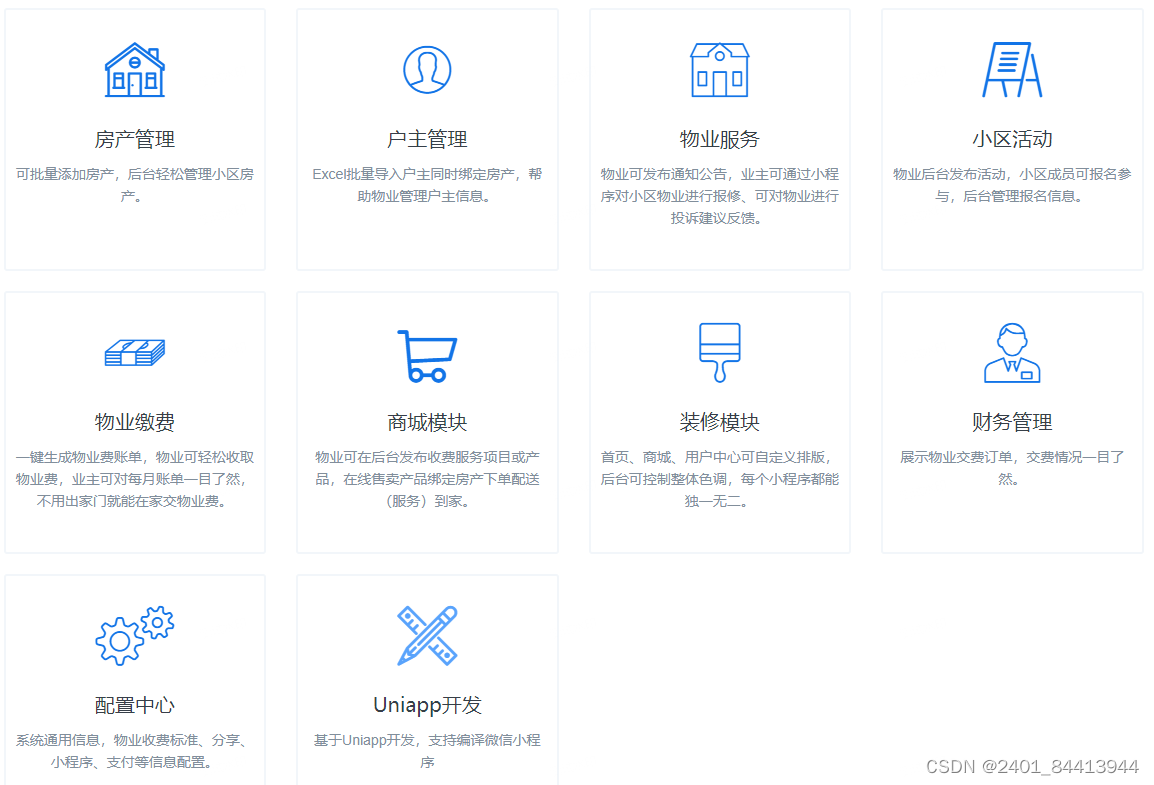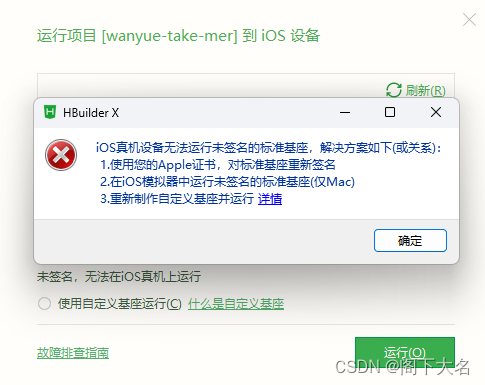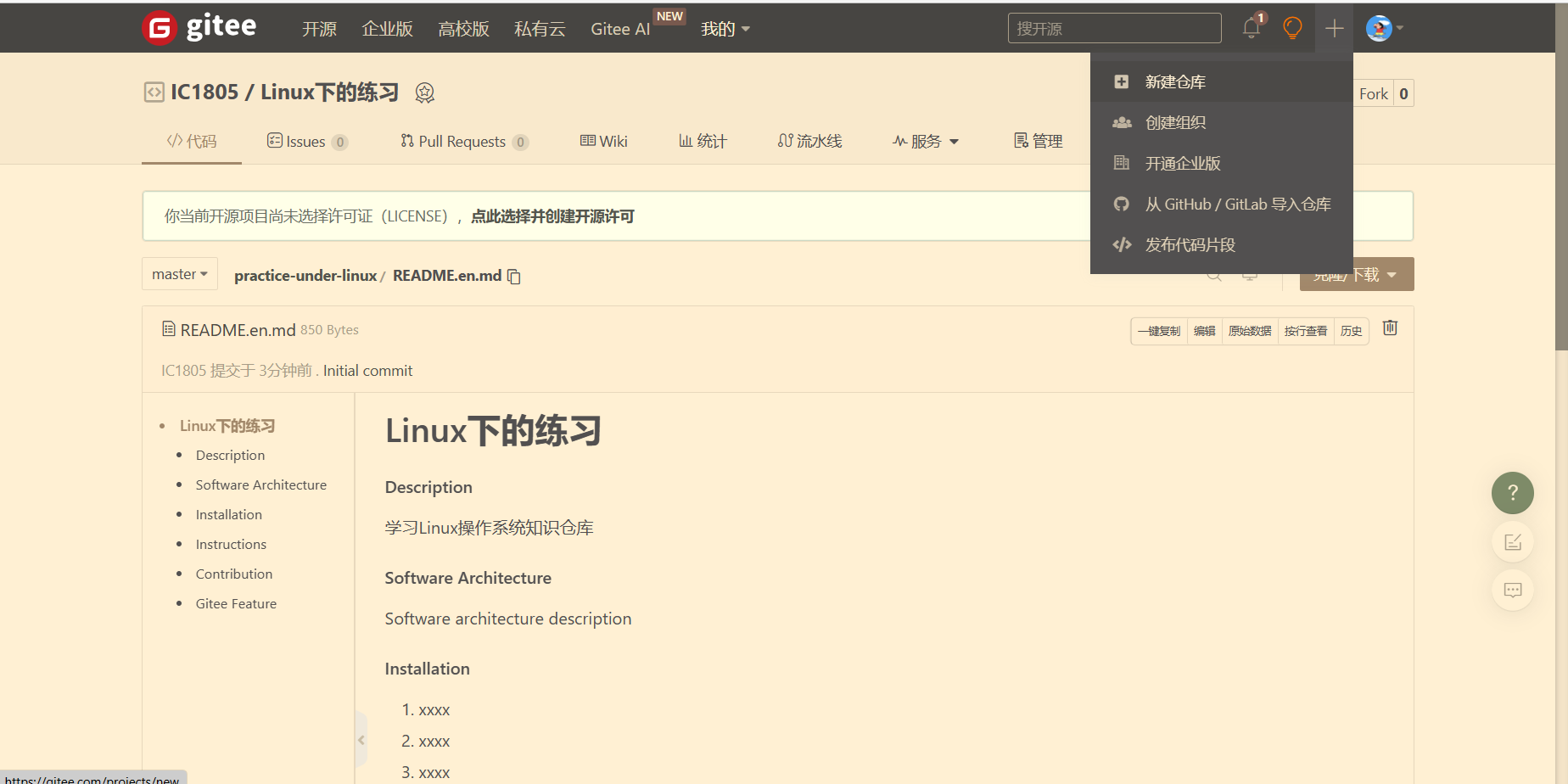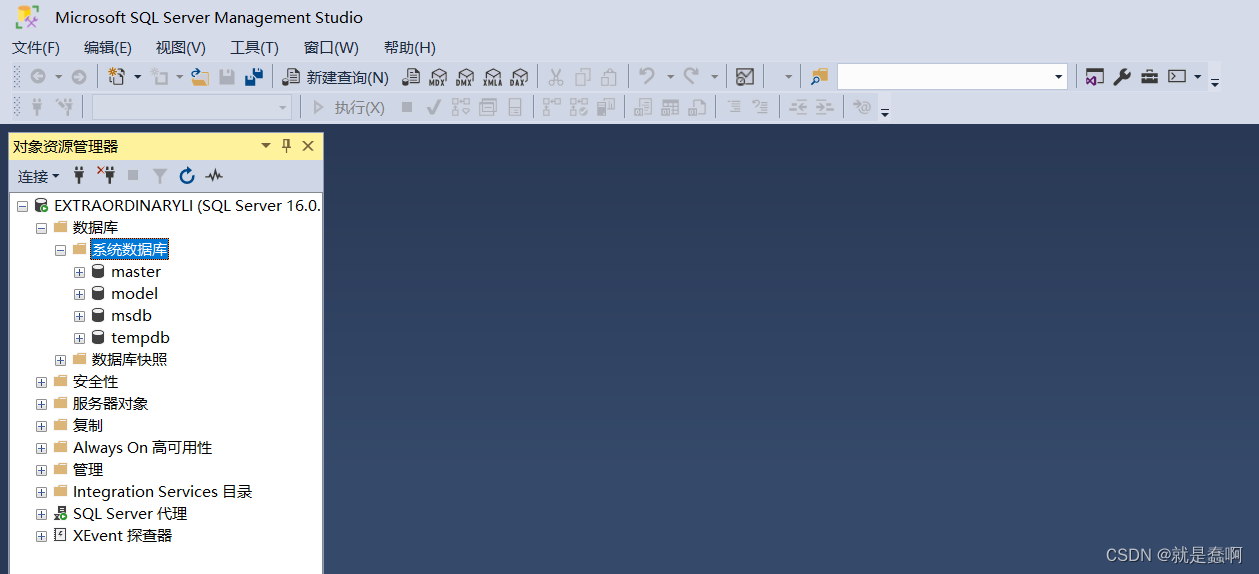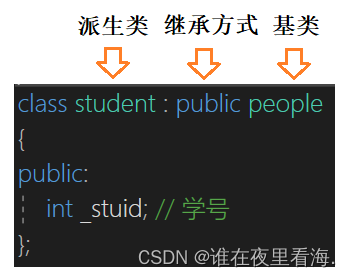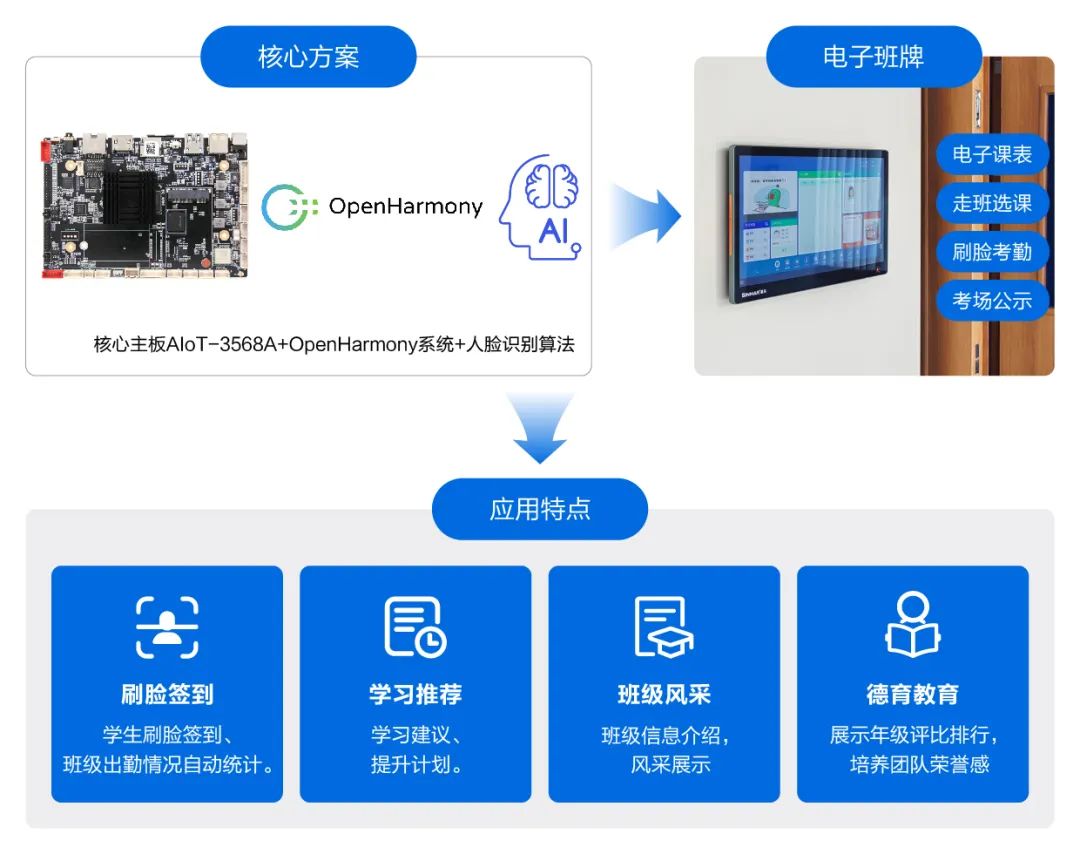权限模块开发流程
- 前端login页面开发
- 后端SpringSecurity配置
- 后端login接口开发
- 前端页面框架搭建
- 前端路由守卫,状态管理开发
- 前后端完成认证流程
开发Login页面
- 创建Login页面
- 创建router,可以跳转到Login页面
Login页面
使用element-plus开发
认证功能流程
前端
- 集成axios,并对axios进行封装
- 配置路由守卫
- 对请求和响应的拦截
- 登录接口的调用
- 登录成功之后的页面跳转
- 跳转到首页
- 页面就是由左侧导航、头部导航、页面主体
后端
- 配置SpringScurity
- 写登录接口
- 返回用户的token、使用jwt生成token
- 返回用户的权限信息【路由页面】
配置Redis
引入依赖
<!--引入redis-->
<dependency>
<groupId>org.springframework.boot</groupId>
<artifactId>spring-boot-starter-data-redis</artifactId>
<version>3.1.5</version>
</dependency>
配置连接
spring:
datasource:
driver-class-name: com.mysql.cj.jdbc.Driver
url: jdbc:mysql://rm-2ze9013333m0paw8ywo.mysql.rds.aliyuncs.com:3306/daocao?useUnicode=true&characterEncoding=utf8&zeroDateTimeBehavior=convertToNull&useSSL=true&serverTimezone=GMT%2B8
username: puhe_shitian
password: Shitian@9527
data:
redis:
# 地址
host: localhost
# 数据库索引
database: 2
# 密码
password: $2a$10$4NR/
# 连接超时时间
timeout: 10s
lettuce:
pool:
# 连接池中的最小空闲连接
min-idle: 0
# 连接池中的最大空闲连接
max-idle: 8
# 连接池的最大数据库连接数
max-active: 8
# #连接池最大阻塞等待时间(使用负值表示没有限制)
max-wait: -1ms
配置Redis数据序列化
public class FastJson2JsonRedisSerializer<T> implements RedisSerializer<T>{
public static final Charset DEFAULT_CHARSET = Charset.forName("UTF-8");
private Class<T> clazz;
public FastJson2JsonRedisSerializer(Class<T> clazz)
{
super();
this.clazz = clazz;
}
@Override
public byte[] serialize(T t) throws SerializationException
{
if (t == null)
{
return new byte[0];
}
return JSON.toJSONString(t, JSONWriter.Feature.WriteClassName).getBytes(DEFAULT_CHARSET);
}
@Override
public T deserialize(byte[] bytes) throws SerializationException
{
if (bytes == null || bytes.length <= 0)
{
return null;
}
String str = new String(bytes, DEFAULT_CHARSET);
return JSON.parseObject(str, clazz, JSONReader.Feature.SupportAutoType);
}
}
package com.daocao.support.config.redis;
import org.springframework.cache.annotation.EnableCaching;
import org.springframework.context.annotation.Bean;
import org.springframework.context.annotation.Configuration;
import org.springframework.data.redis.connection.RedisConnectionFactory;
import org.springframework.data.redis.core.RedisTemplate;
import org.springframework.data.redis.core.script.DefaultRedisScript;
import org.springframework.data.redis.serializer.StringRedisSerializer;
/**
* @author 石添
* @date 2023/11/15 9:31
*/
@Configuration
@EnableCaching
public class RedisConfig {
@Bean
@SuppressWarnings(value = { "unchecked", "rawtypes" })
public RedisTemplate<Object, Object> redisTemplate(RedisConnectionFactory connectionFactory) {
RedisTemplate<Object, Object> template = new RedisTemplate<>();
template.setConnectionFactory(connectionFactory);
FastJson2JsonRedisSerializer serializer = new FastJson2JsonRedisSerializer(Object.class);
// 使用StringRedisSerializer来序列化和反序列化redis的key值
template.setKeySerializer(new StringRedisSerializer());
template.setValueSerializer(serializer);
// Hash的key也采用StringRedisSerializer的序列化方式
template.setHashKeySerializer(new StringRedisSerializer());
template.setHashValueSerializer(serializer);
template.afterPropertiesSet();
return template;
}
@Bean
public DefaultRedisScript<Long> limitScript() {
DefaultRedisScript<Long> redisScript = new DefaultRedisScript<>();
redisScript.setScriptText(limitScriptText());
redisScript.setResultType(Long.class);
return redisScript;
}
/**
* 限流脚本
*/
private String limitScriptText() {
return "local key = KEYS[1]\n" +
"local count = tonumber(ARGV[1])\n" +
"local time = tonumber(ARGV[2])\n" +
"local current = redis.call('get', key);\n" +
"if current and tonumber(current) > count then\n" +
" return tonumber(current);\n" +
"end\n" +
"current = redis.call('incr', key)\n" +
"if tonumber(current) == 1 then\n" +
" redis.call('expire', key, time)\n" +
"end\n" +
"return tonumber(current);";
}
}
工具类
package com.daocao.common.redis;
import org.springframework.beans.factory.annotation.Autowired;
import org.springframework.data.redis.core.BoundSetOperations;
import org.springframework.data.redis.core.HashOperations;
import org.springframework.data.redis.core.RedisTemplate;
import org.springframework.data.redis.core.ValueOperations;
import org.springframework.stereotype.Component;
import java.util.*;
import java.util.concurrent.TimeUnit;
/**
* @author ShiTian
* @date 2022/8/1 17:19
*/
@Component
public class RedisCache {
@Autowired
public RedisTemplate redisTemplate;
/**
* 缓存基本的对象,Integer、String、实体类等
*
* @param key 缓存的键值
* @param value 缓存的值
*/
public <T> void setCacheObject(final String key, final T value)
{
redisTemplate.opsForValue().set(key, value);
}
/**
* 缓存基本的对象,Integer、String、实体类等
*
* @param key 缓存的键值
* @param value 缓存的值
* @param timeout 时间
* @param timeUnit 时间颗粒度
*/
public <T> void setCacheObject(final String key, final T value, final Integer timeout, final TimeUnit timeUnit)
{
redisTemplate.opsForValue().set(key, value, timeout, timeUnit);
}
/**
* 设置有效时间
*
* @param key Redis键
* @param timeout 超时时间
* @return true=设置成功;false=设置失败
*/
public boolean expire(final String key, final long timeout)
{
return expire(key, timeout, TimeUnit.SECONDS);
}
/**
* 设置有效时间
*
* @param key Redis键
* @param timeout 超时时间
* @param unit 时间单位
* @return true=设置成功;false=设置失败
*/
public boolean expire(final String key, final long timeout, final TimeUnit unit)
{
return redisTemplate.expire(key, timeout, unit);
}
/**
* 获得缓存的基本对象。
*
* @param key 缓存键值
* @return 缓存键值对应的数据
*/
public <T> T getCacheObject(final String key)
{
ValueOperations<String, T> operation = redisTemplate.opsForValue();
return operation.get(key);
}
/**
* 删除单个对象
*
* @param key
*/
public boolean deleteObject(final String key)
{
return redisTemplate.delete(key);
}
/**
* 删除集合对象
*
* @param collection 多个对象
* @return
*/
public long deleteObject(final Collection collection)
{
return redisTemplate.delete(collection);
}
/**
* 缓存List数据
*
* @param key 缓存的键值
* @param dataList 待缓存的List数据
* @return 缓存的对象
*/
public <T> long setCacheList(final String key, final List<T> dataList)
{
Long count = redisTemplate.opsForList().rightPushAll(key, dataList);
return count == null ? 0 : count;
}
/**
* 获得缓存的list对象
*
* @param key 缓存的键值
* @return 缓存键值对应的数据
*/
public <T> List<T> getCacheList(final String key)
{
return redisTemplate.opsForList().range(key, 0, -1);
}
/**
* 缓存Set
*
* @param key 缓存键值
* @param dataSet 缓存的数据
* @return 缓存数据的对象
*/
public <T> BoundSetOperations<String, T> setCacheSet(final String key, final Set<T> dataSet)
{
BoundSetOperations<String, T> setOperation = redisTemplate.boundSetOps(key);
Iterator<T> it = dataSet.iterator();
while (it.hasNext())
{
setOperation.add(it.next());
}
return setOperation;
}
/**
* 获得缓存的set
*
* @param key
* @return
*/
public <T> Set<T> getCacheSet(final String key)
{
return redisTemplate.opsForSet().members(key);
}
/**
* 缓存Map
*
* @param key
* @param dataMap
*/
public <T> void setCacheMap(final String key, final Map<String, T> dataMap)
{
if (dataMap != null) {
redisTemplate.opsForHash().putAll(key, dataMap);
}
}
/**
* 获得缓存的Map
*
* @param key
* @return
*/
public <T> Map<String, T> getCacheMap(final String key)
{
return redisTemplate.opsForHash().entries(key);
}
/**
* 往Hash中存入数据
*
* @param key Redis键
* @param hKey Hash键
* @param value 值
*/
public <T> void setCacheMapValue(final String key, final String hKey, final T value)
{
redisTemplate.opsForHash().put(key, hKey, value);
}
/**
* 获取Hash中的数据
*
* @param key Redis键
* @param hKey Hash键
* @return Hash中的对象
*/
public <T> T getCacheMapValue(final String key, final String hKey)
{
HashOperations<String, String, T> opsForHash = redisTemplate.opsForHash();
return opsForHash.get(key, hKey);
}
/**
* 删除Hash中的数据
*
* @param key
* @param hKey
*/
public void delCacheMapValue(final String key, final String hKey)
{
HashOperations hashOperations = redisTemplate.opsForHash();
hashOperations.delete(key, hKey);
}
/**
* 获取多个Hash中的数据
*
* @param key Redis键
* @param hKeys Hash键集合
* @return Hash对象集合
*/
public <T> List<T> getMultiCacheMapValue(final String key, final Collection<Object> hKeys)
{
return redisTemplate.opsForHash().multiGet(key, hKeys);
}
/**
* 获得缓存的基本对象列表
*
* @param pattern 字符串前缀
* @return 对象列表
*/
public Collection<String> keys(final String pattern)
{
return redisTemplate.keys(pattern);
}
}
认证功能实现
认证功能主要由三部分组成:
- 根据用户名和密码登陆,获取返回的token保存下来
- 携带token请求用户的路由权限信息,跳转到项目首页
- 通过路由守卫,实现动态路由配置
登陆
登录方法中获取token,将token存储到sessionStorage中【或者pinia】。在axios请求中,获取token,将token传到后端
请求路由信息
后端:创建过滤器,获取request中的token,获取token之后,需要刷新token
获取路由数据,根据token获取用户信息,根据用户id查询对应的权限
存储路由数据
使用pinia进行全局存储【localstorage存储,sessionstorage存储】,前提保障项目中引入pinia
路由页面
使用vue-router路由页面,保障项目中引入vue-router
创建核心页面
页面其实单页面,所有的路由都是跳转到同一个组件下的,只不过在main容器中,替换不同的vue文件【页面】就可以了
核心页面由三部分组成
- 左侧导航【Aside】
- 树形结构的菜单,里边包含了菜单名以及路由信息
- 头部【Header】
- 主体【Main】
可以使用element-plus实现
动态路由
两步走:
- 路由查询出来之后,需要渲染动态路由结构
- 在路由页面的时候,可以知道页面跳转的位置【通过路由守卫实现】
pinia持久化
安装持久化插件
npm install pinia-plugin-persistedstate
main.js配置
import piniaPluginPersistedstate from 'pinia-plugin-persistedstate'
const pinia = createPinia()
pinia.use(piniaPluginPersistedstate)
store文件
export const xxxx = defineStore('xxx', {
state: () => ({ ...... }),
getter: {},
actions: {},
// 持久化
persist: {
enabled: true,
storage: localStorage,
key: 'useMenu',
path: ['xxxx','xxxx']
}
})
自定义icon
导入依赖
npm install fast-glob
npm install vite-plugin-svg-icons
vite.config.js
// 引入path
import path from 'path'
import { createSvgIconsPlugin } from 'vite-plugin-svg-icons'
export default defineConfig({
plugins: [
vue(),
createSvgIconsPlugin({
iconDirs: [path.resolve(process.cwd(), 'src/assets/icons/svg')],
symbolId: '[name]'
})
],
resolve: {
// 使用import导入文件时刻省略后缀
extensions: ['.js', '.vue', '.json'],
alias: {
'@': fileURLToPath(new URL('./src', import.meta.url))
}
}
})
编写组件
在 components下创建 SvgIcon\index.vue
<template>
<!-- svg:图标外层容器节点,内部需要与use标签结合使用 -->
<svg :style="{ width, height }">
<!-- xlink:href执行用哪一个图标,属性值务必#icon-图标名字 -->
<!-- use标签fill属性可以设置图标的颜色 -->
<use :xlink:href="prefix + name" :fill="color"></use>
</svg>
</template>
<script setup>
//接受父组件传递过来的参数
defineProps({
//xlink:href属性值前缀
prefix: {
type: String,
default: "#",
},
//提供使用的图标名字
name: String,
//接受父组件传递颜色
color: {
type: String,
default: "",
},
//接受父组件传递过来的图标的宽度
width: {
type: String,
default: "16px",
},
//接受父组件传递过来的图标的高度
height: {
type: String,
default: "16px",
},
})
</script>
<style lang="scss" scoped>
</style>
全局注册,在main.js添加
import SvgIcon from '@/components/SvgIcon/index.vue';
import 'virtual:svg-icons-register';
app.component('svg-icon', SvgIcon);
使用
<template #prefix>
<svg-icon
v-if="form.icon"
slot="prefix"
:name="form.icon"
width="16px"
height="25px"
/>
</template>
使用elemet-plus的icon
头部tabs开发
Main组件
Aside组件
配置省略后缀
在 vite.config.js文件中配置
export default defineConfig({
......
resolve: {
extensions: ['.js','.vue','.json','.css'],
alias: {
'@': fileURLToPath(new URL('./src',import.meta.url))
}
}
})


